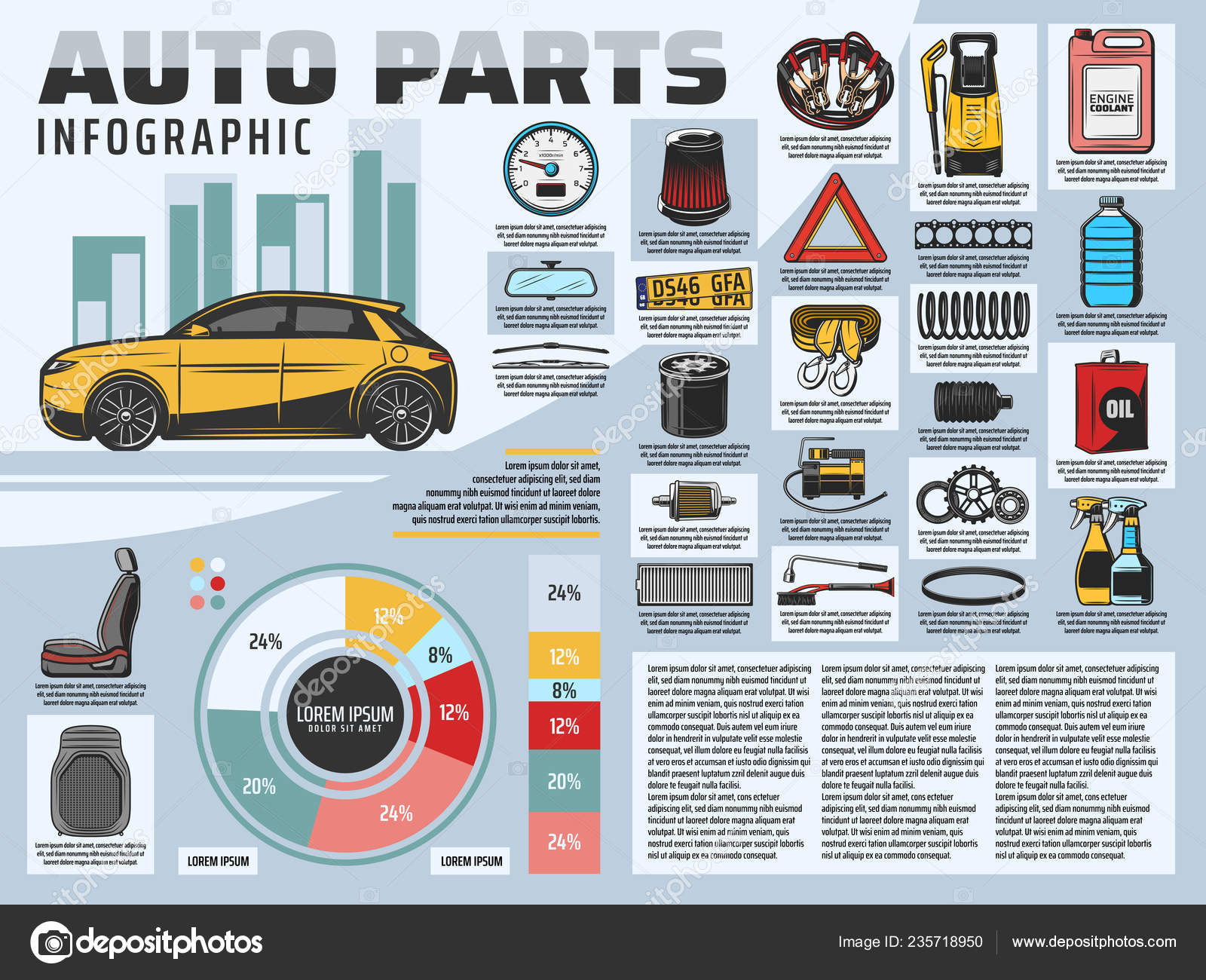Assessing Your Auto'S Warning Indicators: What They Really Communicate
Assessing Your Auto'S Warning Indicators: What They Really Communicate
Blog Article
Content By-Lim Stark
When you lag the wheel, those radiant caution lights on your control panel can be a little bit complicated. Do you know what they're trying to inform you about your vehicle's health? Recognizing the importance of these lights is important for your safety and the durability of your vehicle. So, the next time among those lights turns up, wouldn't you wish to understand its message precisely and take the necessary steps to resolve it?
Common Caution Lights and Interpretations
Recognize usual warning lights in your auto and understand their meanings to ensure safe driving.
The most normal caution lights include the check engine light, which signifies concerns with the engine or discharges system. If this light comes on, it's vital to have your lorry examined immediately.
The oil pressure cautioning light suggests reduced oil stress, calling for instant interest to avoid engine damages.
cardetailers flashing battery light might recommend a malfunctioning charging system, possibly leaving you stranded otherwise resolved.
The tire stress surveillance system (TPMS) light signals you to reduced tire pressure, affecting car security and gas effectiveness. Ignoring this could cause dangerous driving conditions.
The abdominal muscle light indicates a problem with the anti-lock stopping system, compromising your capability to stop quickly in emergency situations.
Last but not least, the coolant temperature alerting light warns of engine getting too hot, which can lead to extreme damage if not resolved promptly.
Understanding these typical warning lights will help you resolve concerns promptly and preserve safe driving conditions.
Significance of Prompt Interest
Comprehending the common warning lights in your auto is just the first step; the significance of immediately attending to these cautions can't be stressed enough to ensure your safety when traveling.
When a caution light brightens on your control panel, it's your vehicle's means of interacting a prospective concern that needs focus. Overlooking these warnings can result in a lot more extreme problems down the road, endangering your security and potentially costing you much more in repairs.
Trigger interest to cautioning lights can avoid breakdowns and crashes. As an example, a blinking check engine light could indicate a misfire that, if left unattended, might trigger damages to the catalytic converter. Addressing this without delay can save you from an expensive repair work.
In https://ecu-remapping-near-me84051.ziblogs.com/30038053/a-years-of-progression-in-vehicle-outlining-techniques , a brake system advising light may signify reduced brake fluid or worn brake pads, important parts for your security when driving.
Do It Yourself Troubleshooting Tips
If you observe a caution light on your dashboard, there are a few DIY repairing suggestions you can try before looking for professional help.
The very first step is to consult your vehicle's guidebook to recognize what the certain warning light indicates. Occasionally the concern can be as simple as a loose gas cap setting off the check engine light. Tightening up the gas cap may resolve the problem.
One more usual issue is a reduced battery, which can set off different warning lights. Checking the battery links for rust and guaranteeing they're safe could take care of the issue.
If a caution light lingers, you can attempt resetting it by detaching the automobile's battery for a couple of mins and after that reconnecting it. In addition, checking your car's fluid levels, such as oil, coolant, and brake liquid, can aid repair warning lights associated with these systems.
Final thought
To conclude, comprehending your vehicle's warning lights is necessary for keeping your lorry running efficiently and safely. By immediately dealing with these informs and knowing what they mean, you can avoid costly repair services and prospective failures.
Keep in mind to consult your car's guidebook for certain information on each alerting light and act as necessary to ensure a trouble-free driving experience.
Keep notified, stay safe when traveling!
